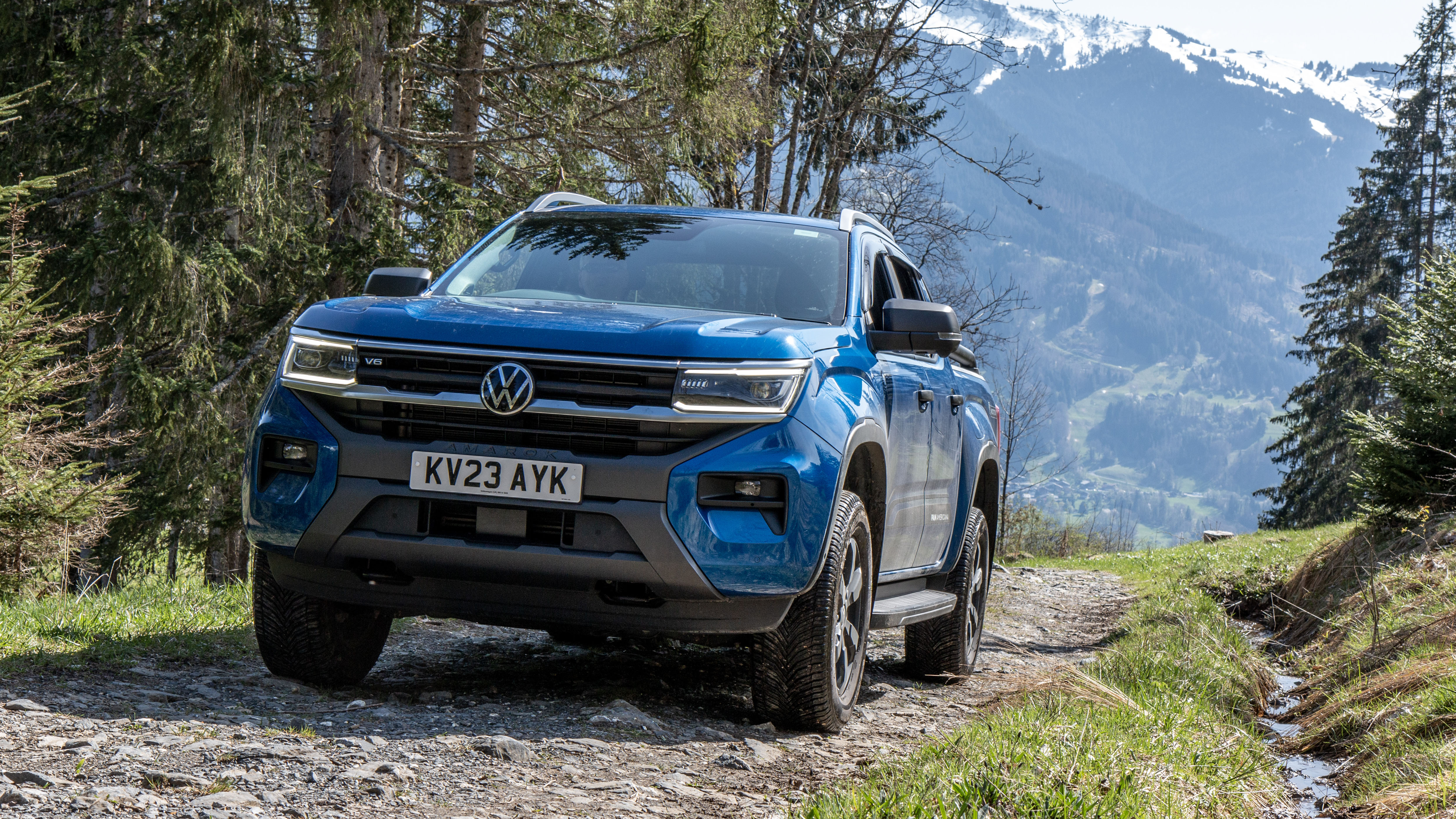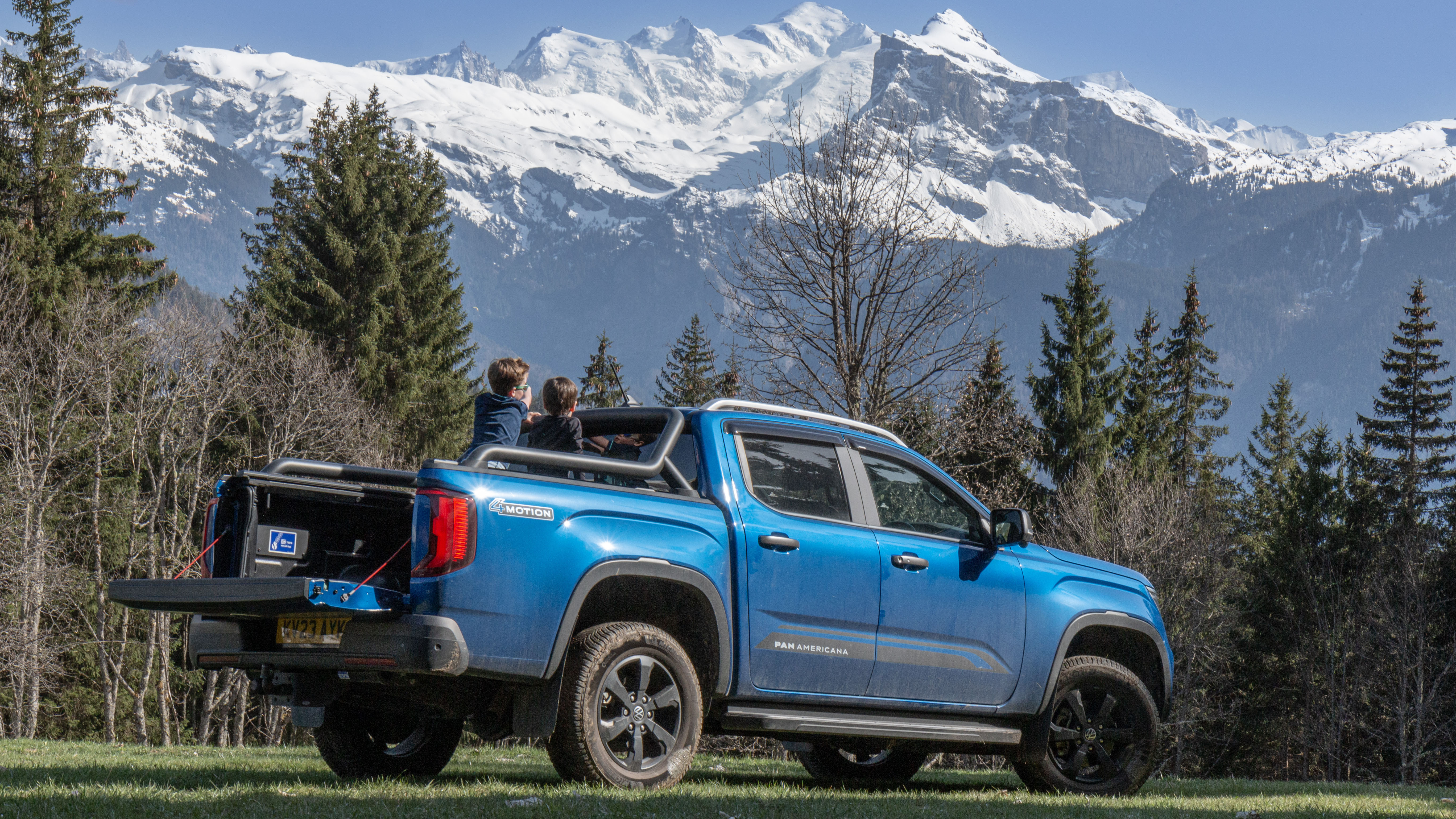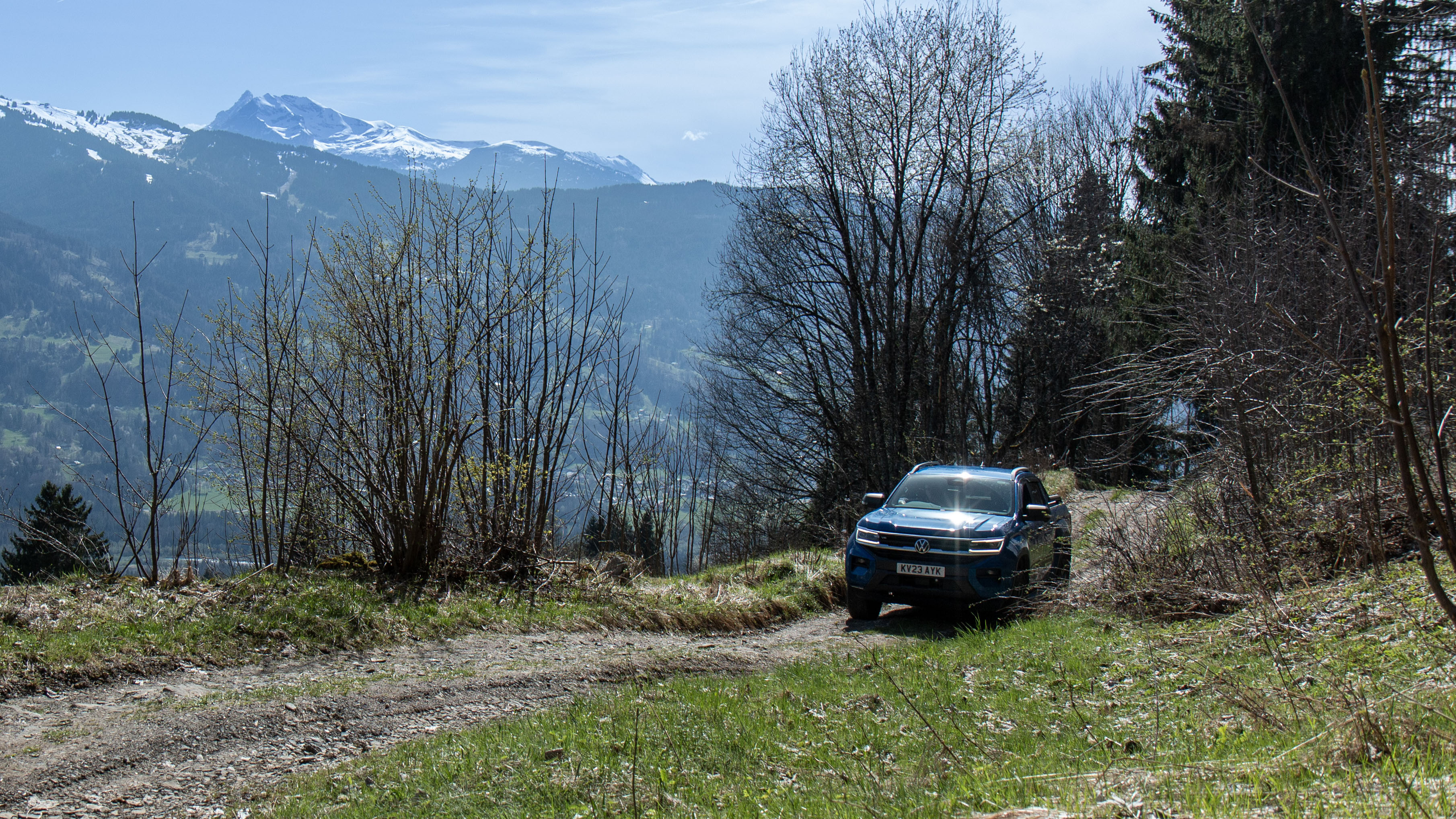
Volkswagen Amarok - long-term review
£55,440 / as tested £57,231 / PCM £599
We spent seven months with a VW Amarok. Here’s what we learned
Is this the ultimate family SUV? At the start of our time with the Amarok, that’s the question we posed. And after seven months of intensive testing, we have a definitive conclusion:
No.
For most families in most of Britain, the Amarok isn’t the correct family-car answer. Fully 25 centimetres longer than the eight-seat Land Rover Defender 130, it’s simply too enormous. It doesn’t really fit in regular UK parking spaces. It’s not efficient on fuel. Its hefty drivetrain – replete with low-ratio transfer case and locking diffs – is entirely over-specified for regular road use.
So if you need a family car for the suburban school run, no, you don’t want an Amarok. For the average British family, it’s the wrong choice.
But here’s the thing. There are plenty of families who aren’t average, or indeed British. Who live on the sides of mountains, or work with unruly lifestock, or run a local militia: people who, for whatever reason, need a pick-up truck to get by.
Which means we’ve been asking slightly the wrong question here (sorry about that). The real question is:
If you require something Amarok-shaped for work, or leisure, or military purposes, will it also function as your family car?
And the answer to that question is a resounding ‘yes’. Having acclimatised to the sheer scale of the Amarok, I’ve been impressed by how easily it slots into day-to-day family life. On the motorway, you don’t feel like you’re in an agricultural, industrial machine: it’s genuinely quiet and comfy, with all the modern gubbins you’d expect from a family SUV.
On all but the very narrowest country lanes, it doesn’t feel lumbering to drive, either. The V6 diesel and 10-speed auto combine unobtrusively – though admittedly not especially quietly – while the steering has none of that oh-god-what-are-the-front-wheels-up-to vagueness that tends to afflict vehicles of an off-road bent.
For comparison purposes, I borrowed a new Hilux for a couple of days. Though the Toyota felt capable of absorbing a direct missile strike without a shudder, it’s way behind the Amarok when it comes to refinement: far gruffer and clumsier in its responses, far less… car-like on the inside.
Weirdly, it was storage that presented the biggest day-to-day issue in Amarok life. If you’ve got four people on board, and you’ve just done your weekly shop, that shopping’s going to have to go in the flatbed. No matter how much loo roll and kilo bags of pasta you’ve bought, there’s no shortage of space back there, but how do you secure your shopping bags so your loo roll and pasta doesn’t end up tipping everywhere? In my case, bungee cords and blind hope.
I guess, if you’d taken the plunge and bought an Amarok, you’d figure a storage system that worked for you. But it’s something to bear in mind if you’re considering welcoming a double-cab pick-up into your life.
And if you are, consider me jealous. I don’t farm sheep in the Scottish Highlands, or run anti-poaching missions in Kenyan game reserves, but I’ve been surprised how useful I found it to have an open, hose-down bed to move stuff you wouldn’t want to put in a regular car.
Tip runs, gravel-bike adventures, firewood deliveries, helping friends collect sofas, more tip runs: they’re all made infinitely easier with a pick-up.
Is the joy of acing your annual garden shed clear-out in the Amarok worth the utter terror of negotiating a Sixties multi-storey car park in the Amarok? For most people, I’m guessing not.
But despite its occasional inconveniences, I properly fell for this big ol’ truck, adored it more than I’ve adored any car in a long time. If you’re looking for a pick-up for work and day-to-day family stuff, this one’s a doozy.
Featured

Trending this week
- Car Review
BMW iX3






